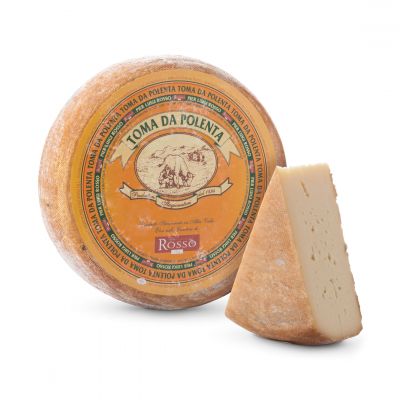Thanks to last summer’s visit at the Caseificio Rosso we discovered some new cheeses, which we presented to you in autumn, and new incentives for the future
⏱ 4 MINUTES READING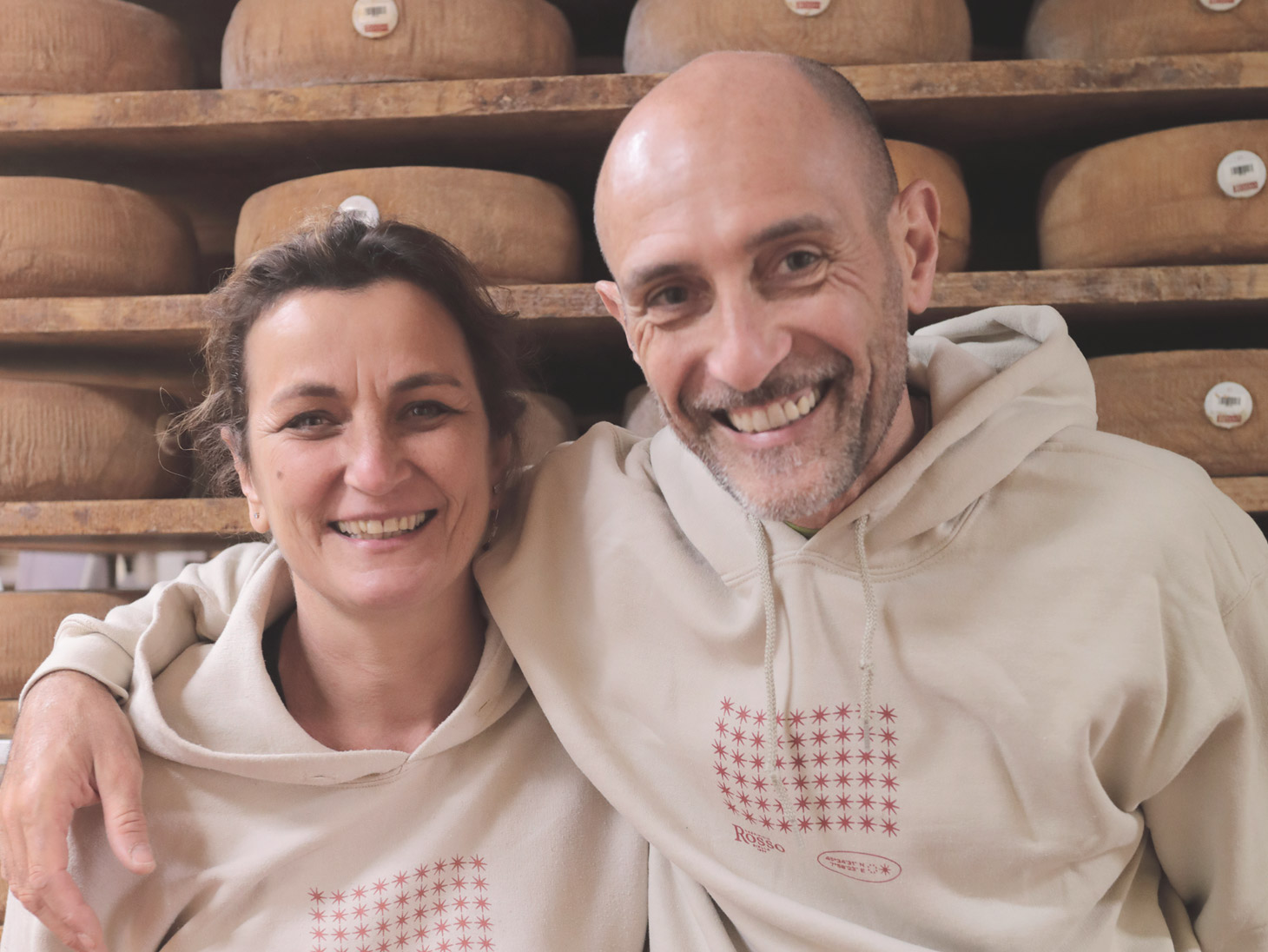
The cheese factory was built almost 130 years ago in an area historically known for the presence of textile industries, with good soil and climate conditions.
It rose thanks to the ideas and initiatives of grandma Rosa, who saw an opportunity for sustenance and entrepreneurship in producing cheeses with the milk of many small farmers, or in maturing in a small cellar the cheese produced by other farmers of the nearby mountain valleys. Grandma Rosa had a far-sighted gaze, because today, with two generations in between, her great-grandchildren Enrico and Riccardo still do what she did: production and refinement.
The company has grown and now has two different branches in Piedmont. The cheese factory, originally located in Sordevolo, was moved to Biella in the mid-1950s, and here Maria, Enrico’s wife, takes care of the dairy production.
The most recent branch for seasoning and shipping, built on the structure of a former textile industry, is located a few kilometers from the first one, in Pollone. We visited the latter last summer with the entire sales network, in one of the first business trips kindly granted by the pandemic.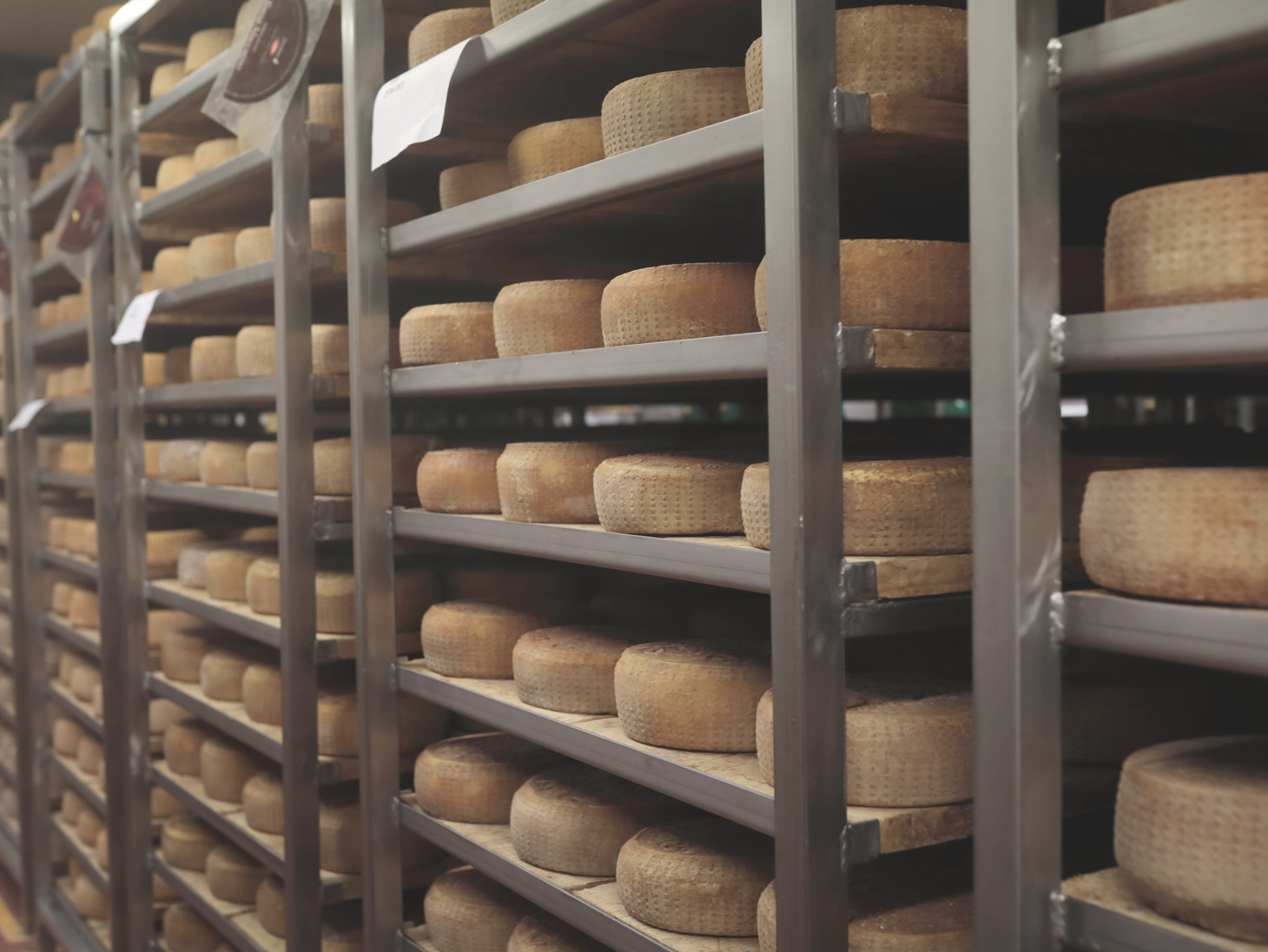
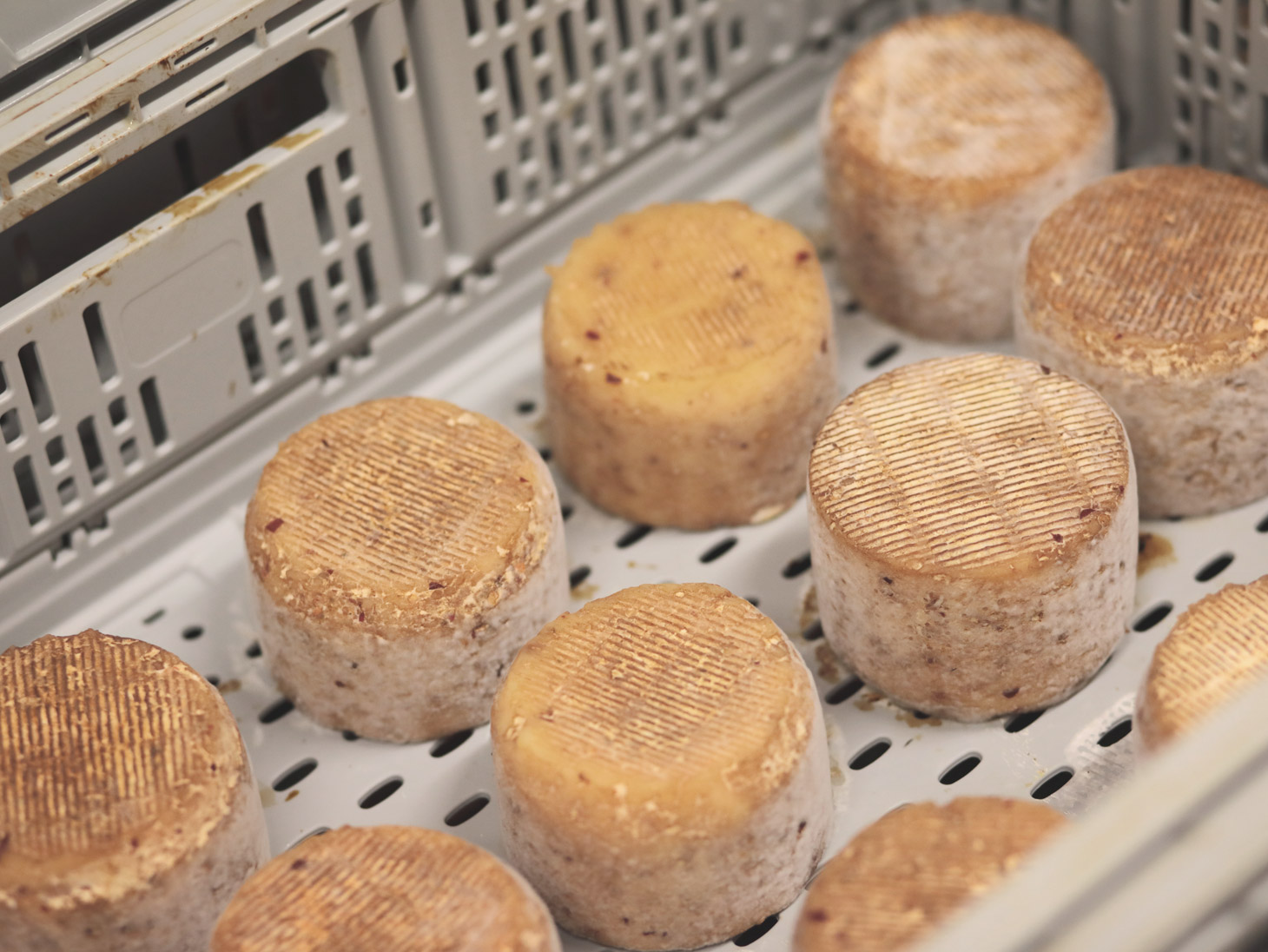
We had been planning to learn a little more about this producer for a long time: Castelrosso is an historic supplier of Valsana but we never managed to make it shine in our catalogue. So we thought it was time to change direction, since the cheese proposal was really interesting and it was a pity not to seize this promising opportunity.
So we grabbed the chance and skipped some stages, directly involving the entire sales network in a path to evaluate the manufacturer and the cheeses. The visit was a really nice occasion to get to know the dairy especially in terms of cheese maturing and tasting, but as I often say, let’s proceed one step at a time.
We arrived directly from the Aosta Valley. Biella is just 1 hour and a half away by bus and it’s quite easy to reach. Pollone is a village in the middle of the mountains, at about 600 meters above sea level and when we got there, from below, it gave me the impression of being located in a strategic place for the production of cheeses, a place rich in pastures, also next to the high alpages.
Enrico waited for us outside the structure, and after the greetings he immediately involved us in the description of the surrounding area and started telling us the story of the production chain of the cheese factory that is always very interesting.
The milk is collected from 22 farms located in the Biella area by one of their vehicles. A tiring job, especially from a coordination point of view: obtaining milk with “typical” characteristics from 22 different suppliers is not automatic, it’s necessary to work with the farmer on the feeding of the cows and also on the choice of the breed. This detail represents a great part of the enhancement of the territory.
In fact the Rosso family tries to keep the population of the Pezzata Rossa d’Oropa breed high, a Simmental that settled in the upper Biella area in the late Romanesque period, suitable for pasture and with a discreet dairy production, which produces on average about 15 litres of milk per day.
The cheese factory processes around 12 tons of milk a day and works hard to keep the thread that connects the territory, raw materials and finished products strong.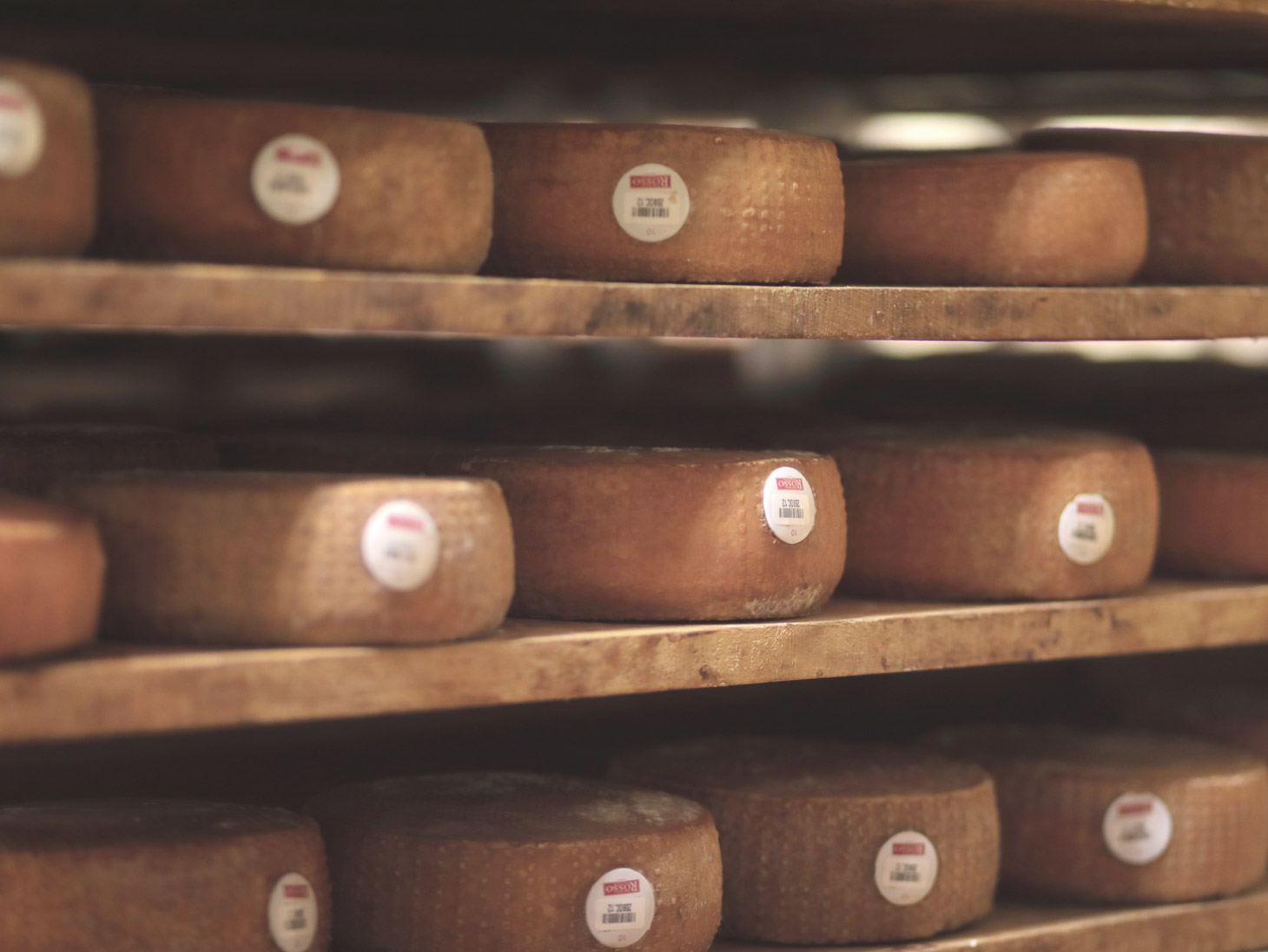
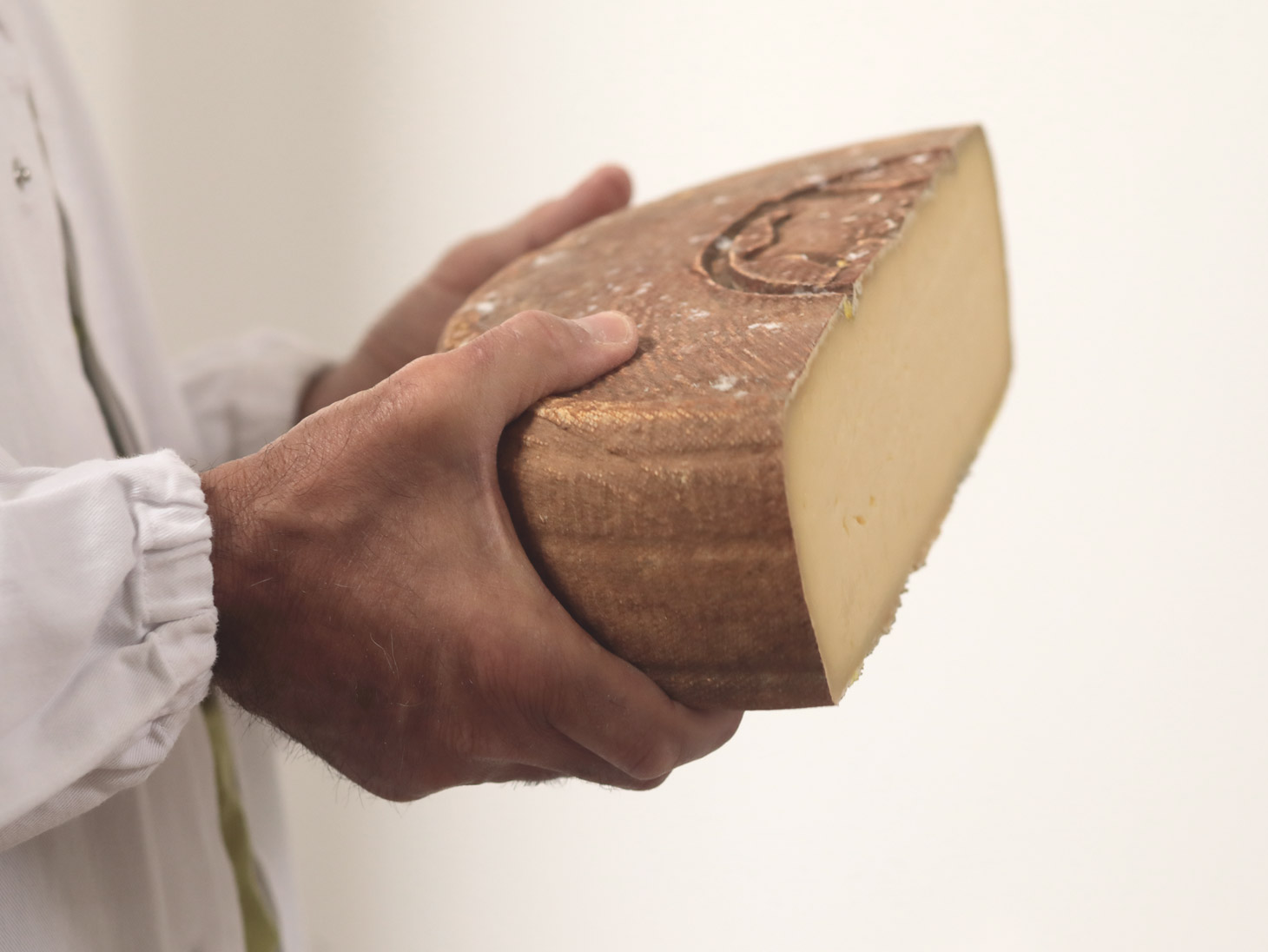
The traditional cheeses produced, which we have known for at least a dozen years, include the representative Maccagno with which we have gone through various ups and downs in sales, the Castel Rosso (formerly Toma Brusca) which embodies the tradition of tome a lait brusc, i.e. made with naturally acidified milk, and the Toma Valle Elvo which has the same basic characteristics of the toma style cheeses of the Piedmontese valleys.
However we went to visit the factory to find out what we still didn’t know, so we went into the seasoning cells on the ground floor with Enrico. 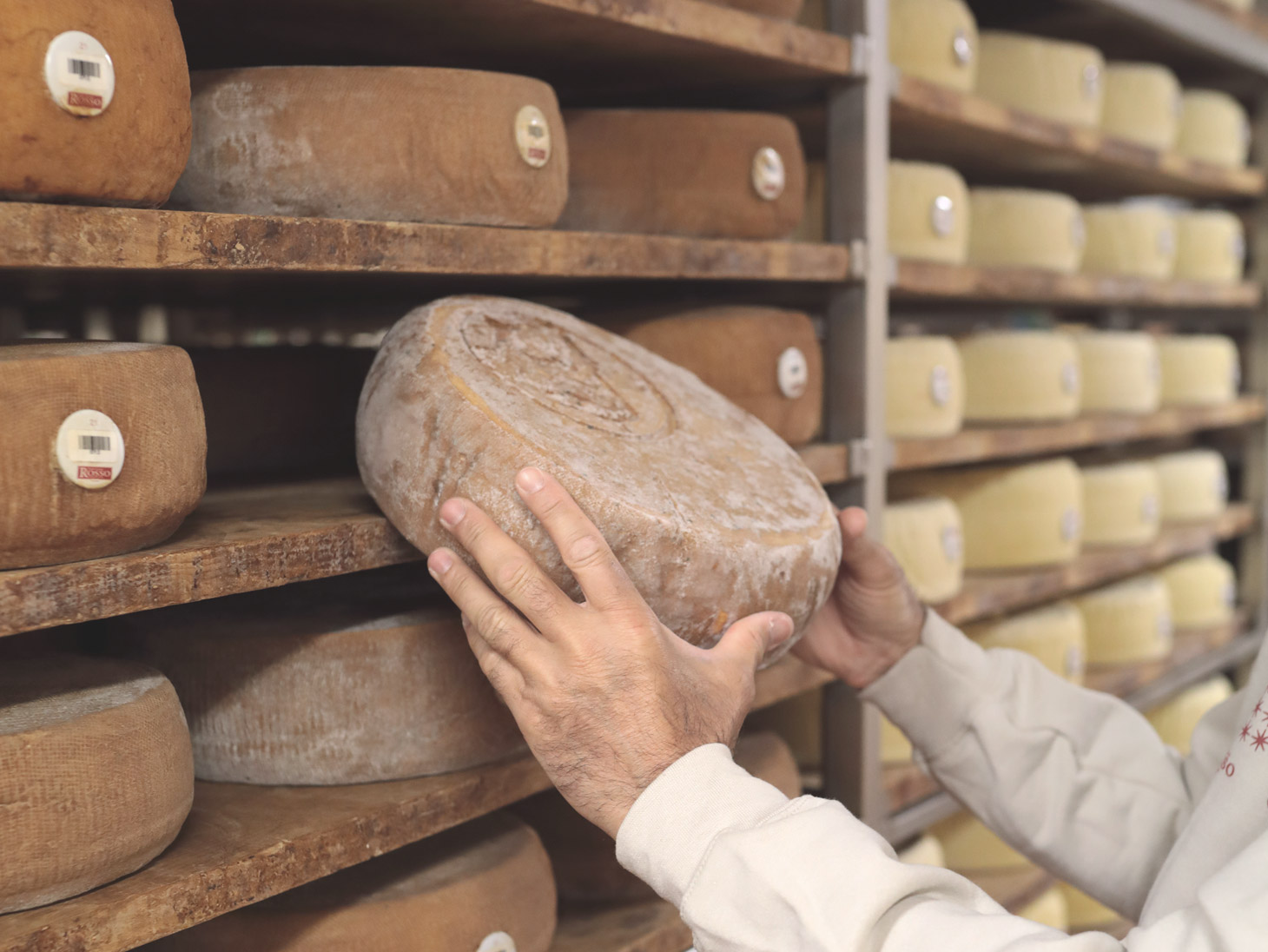
There were several things that surprised us, above all the meticulous care for the single cheese, the seasoning on silver fir boards that allows the cheese to breathe on both the faces, and the great variety of noble moulds that the Rosso family has to keep under control, also because of the promiscuity of different cheeses within the same cell.
So a lot of patience and effort is needed to brush the cheeses at the right time and possibly change their position, to dry them more or less depending on the exposure to the air. Actually, the rind of some toma style cheeses is rubbed with an antifungal substance: caramel. In particular, the treatment inhibits the formation of that gray mould called pelo di gatto i.e. cat hair which is the enemy of both those who ripen the cheese and those who sell it.
Before the visit we had already made a pre-selection of cheeses to taste, but during the visit at the cheese ripening cellar we unavoidably added a few more.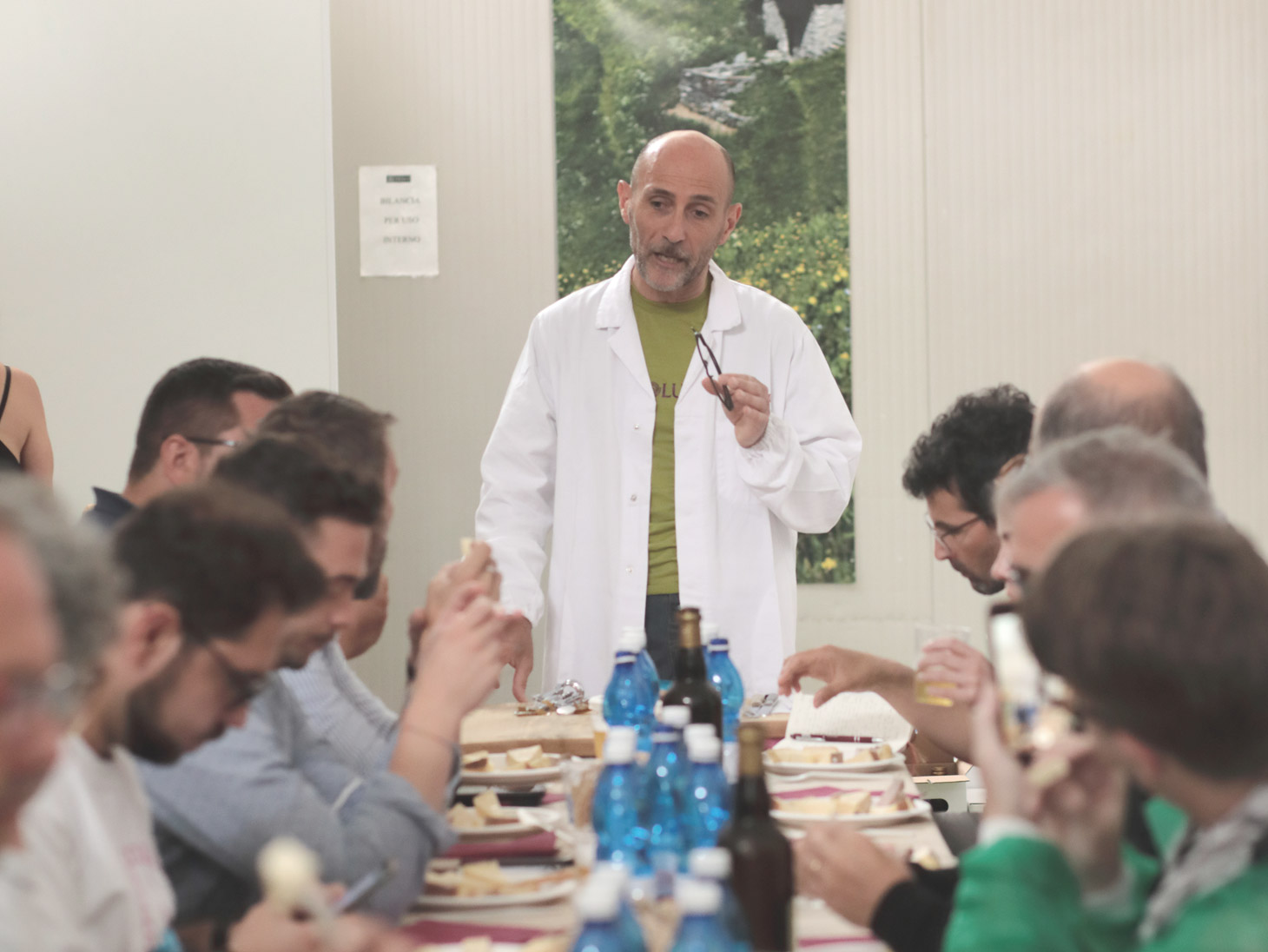
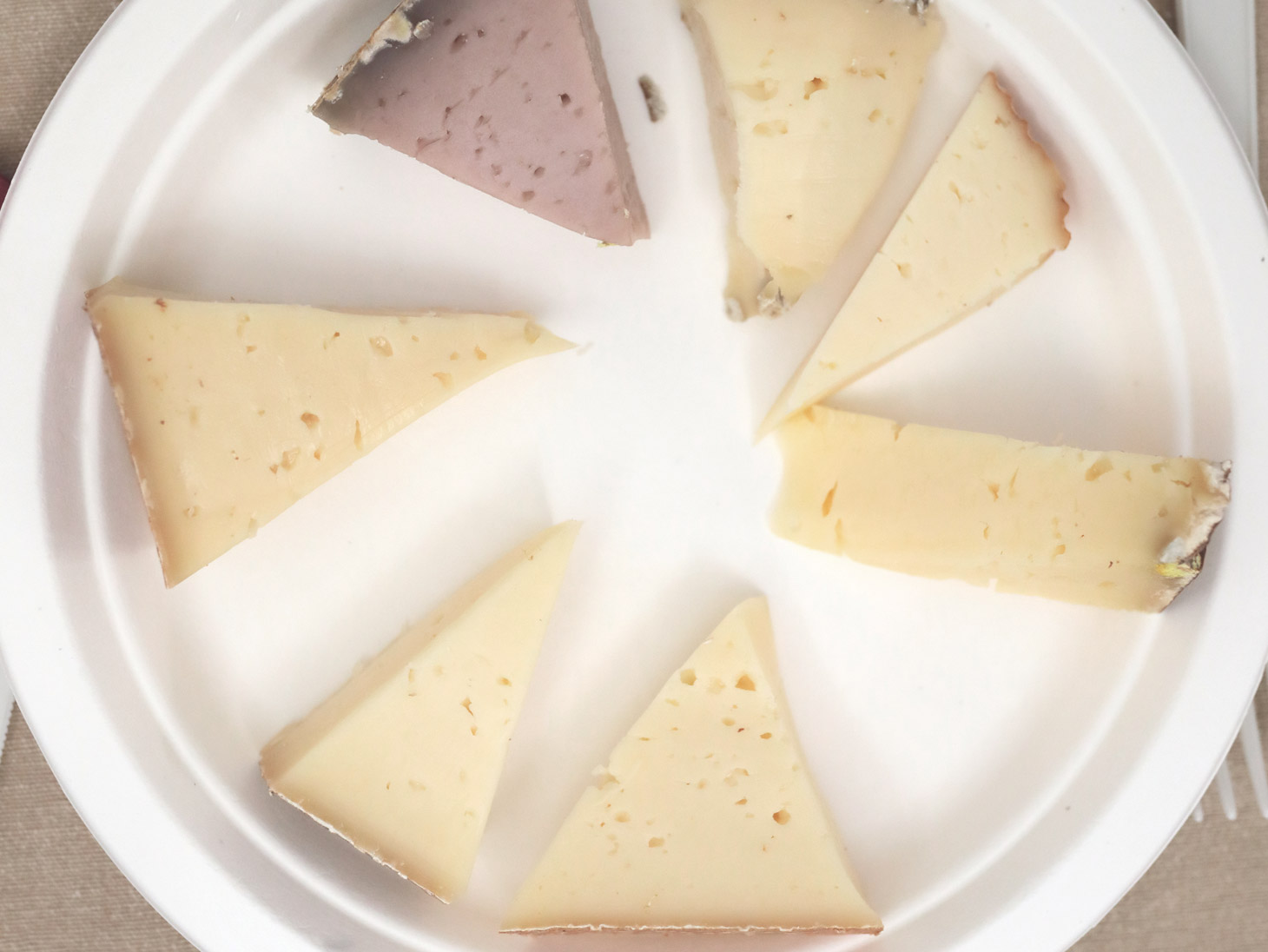
Then we went back to the ground floor. It was time for tasting, and Maria had prepared an inviting table for us.
Three selection of cheeses followed one another. We started with a vertical tasting of Maccagno, we moved on to a trio of refined cheeses, including the chosen Toma da Polenta, and we ended with two highlights: a Castelrosso aged for 6 months and the Birba Blu that we had learned to know.
All accompanied by different types of beer from the “Un Terzo” Brewery with which the cheese factory collaborates. The atmosphere was relaxed and joyful, we chatted with the hosts and tried to understand from our agents which cheeses could be interesting for our clients. On that occasion we had the idea of including the Toma da Polenta and Birba Blu in the range, which we have presented at Sapori in October and which the market apparently has perceived positively.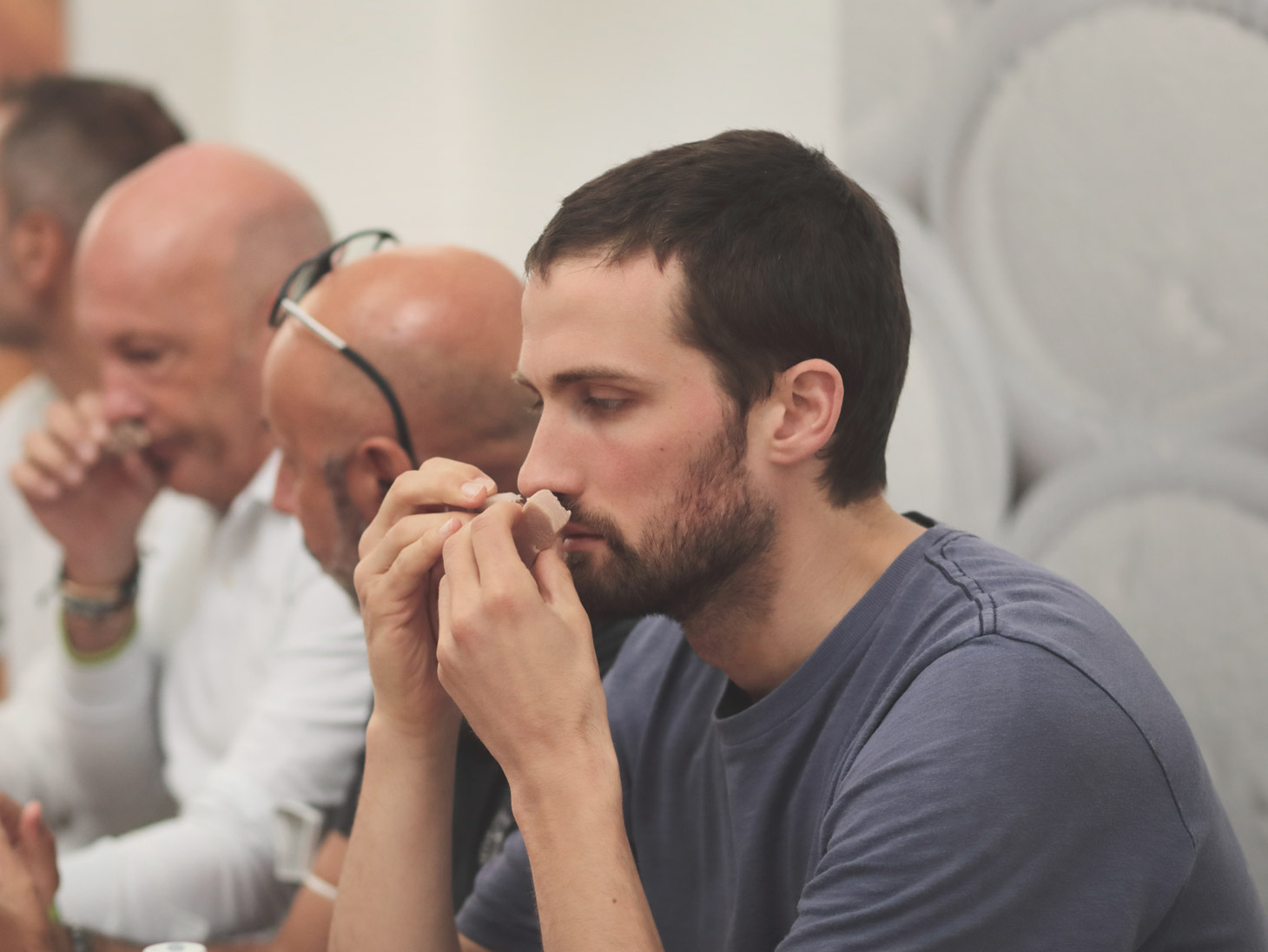
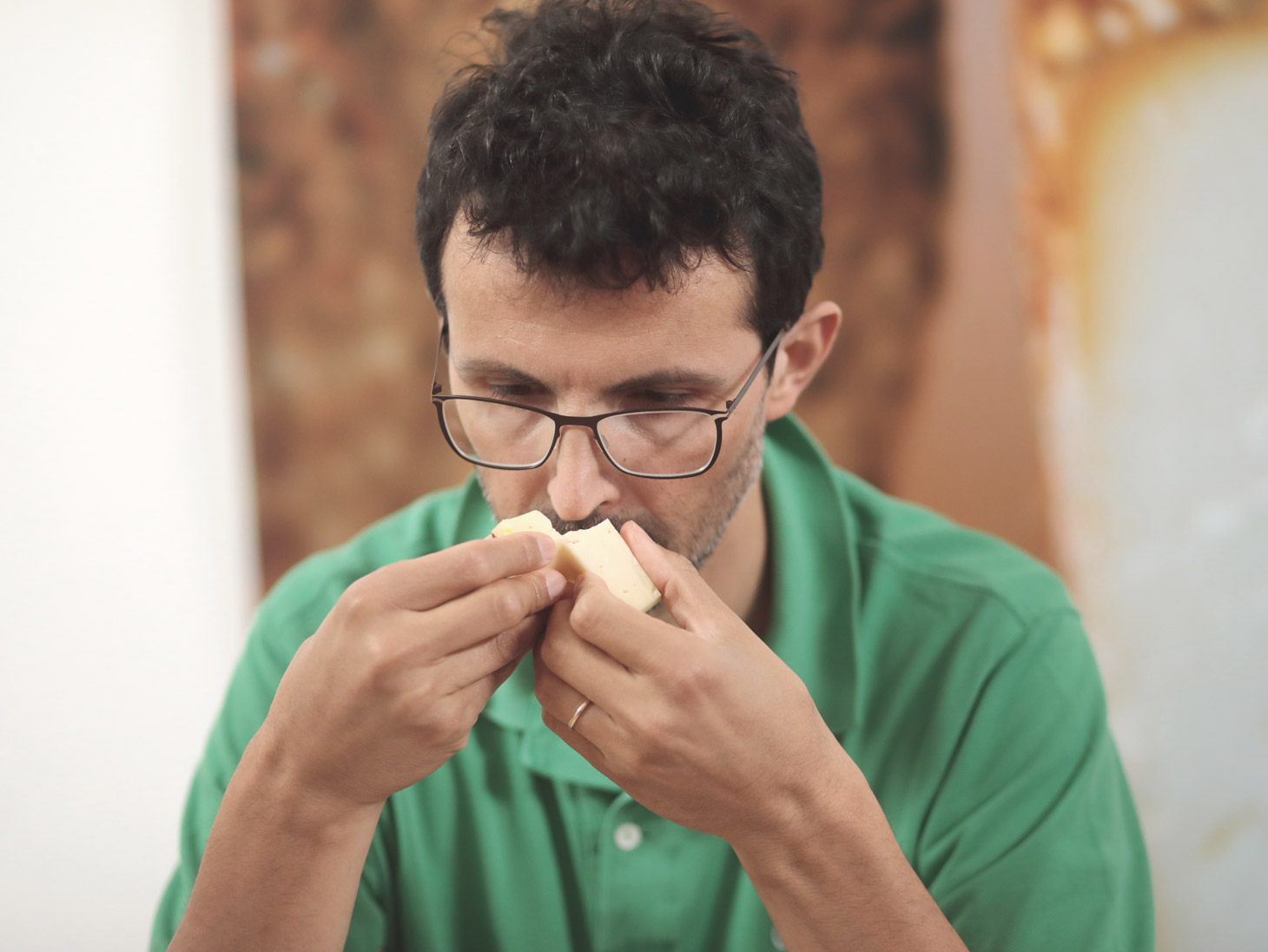
Some ideas popped out suddenly while others arrived with time, almost naturally. This is what happened with Enrico and Maria, we have known each other for many years, but we have found a way to move up a gear recently.
Alessandro De Conto
Sales Director






